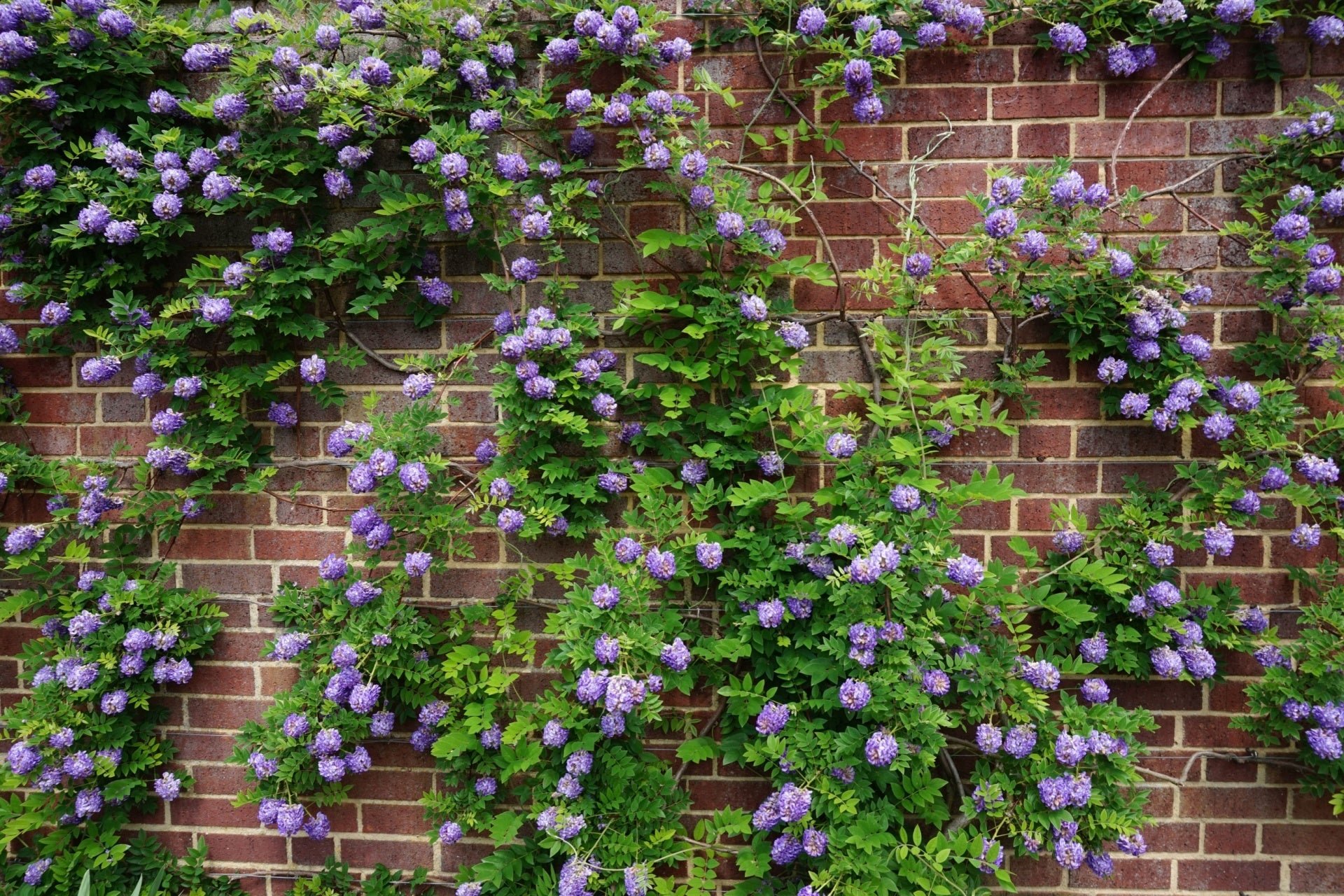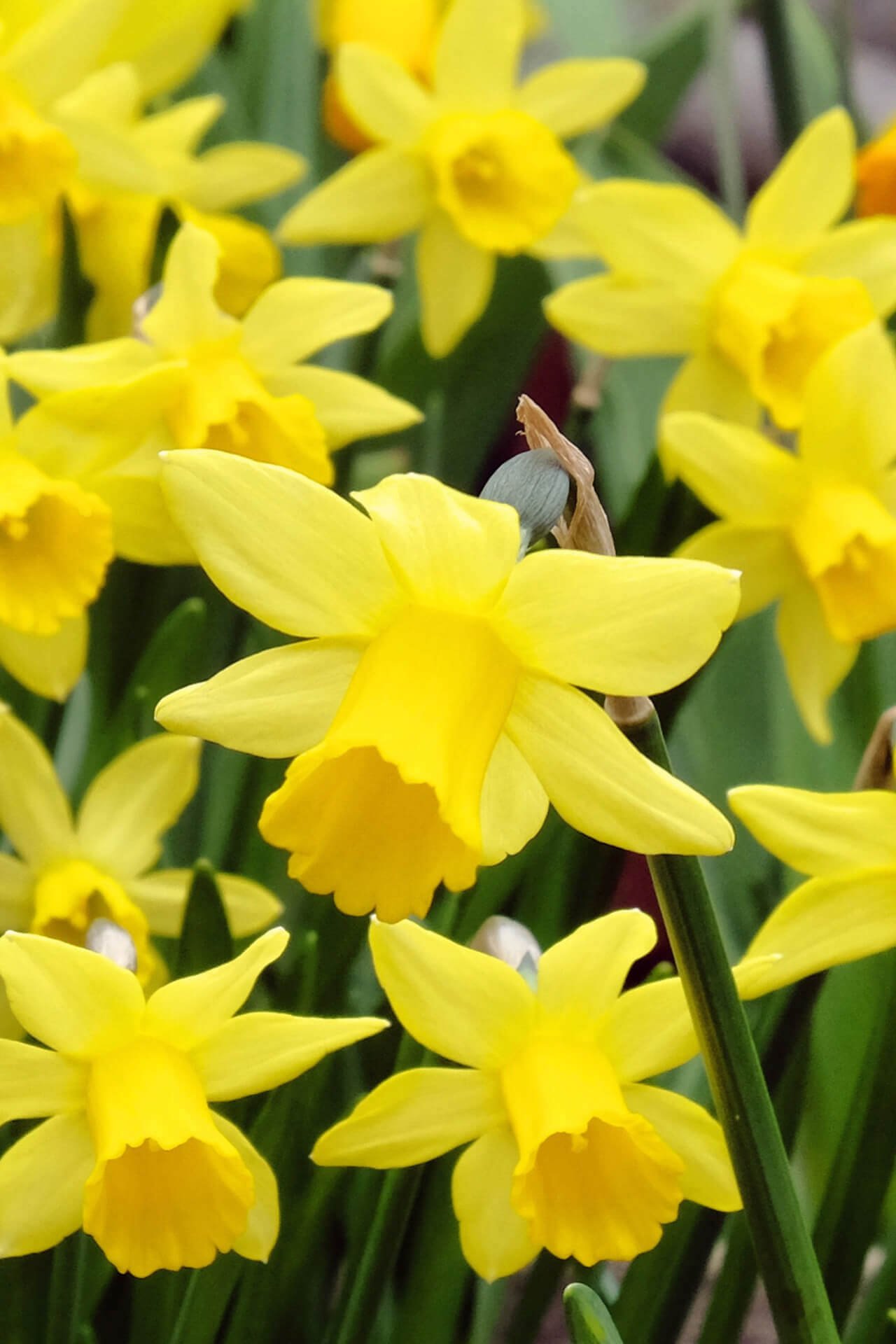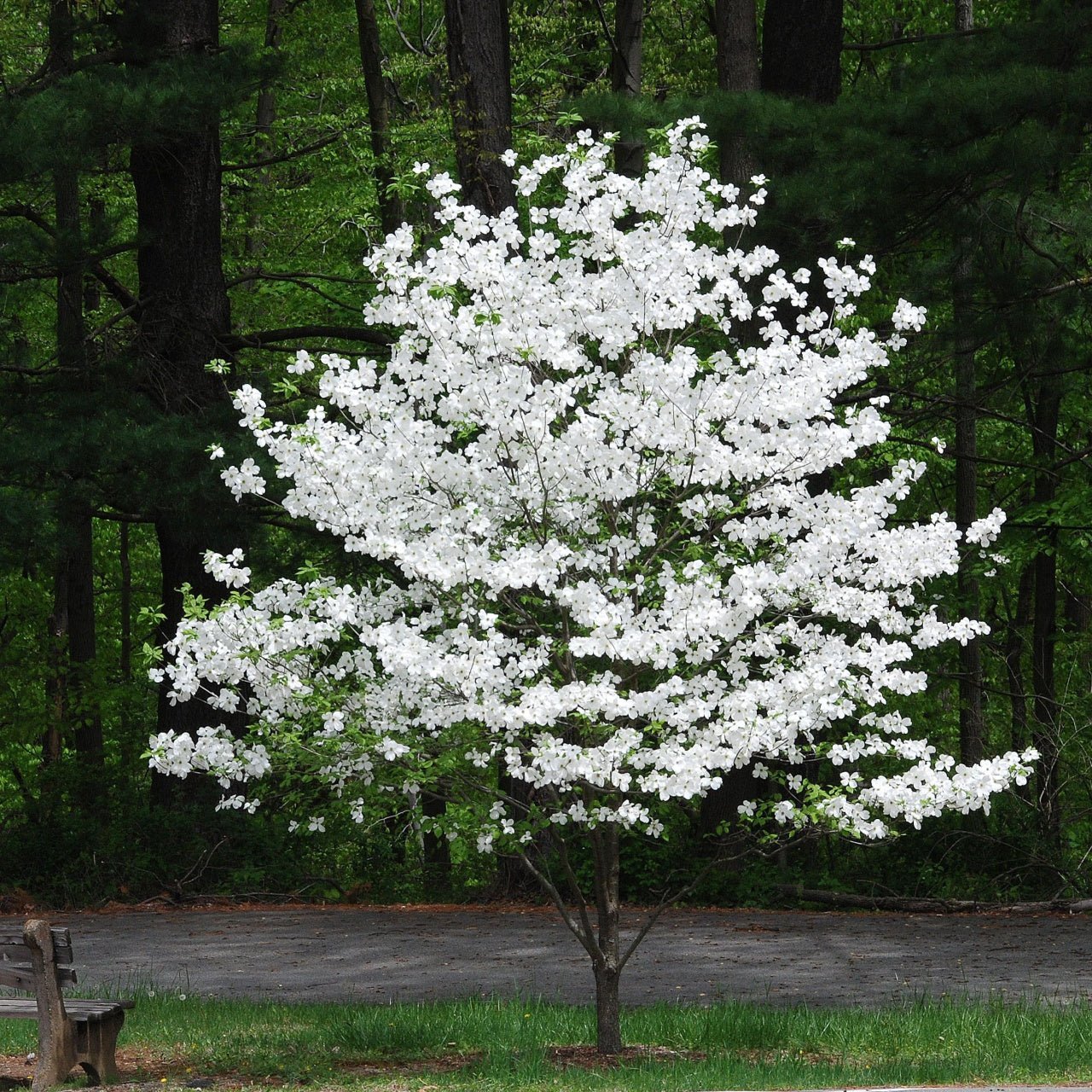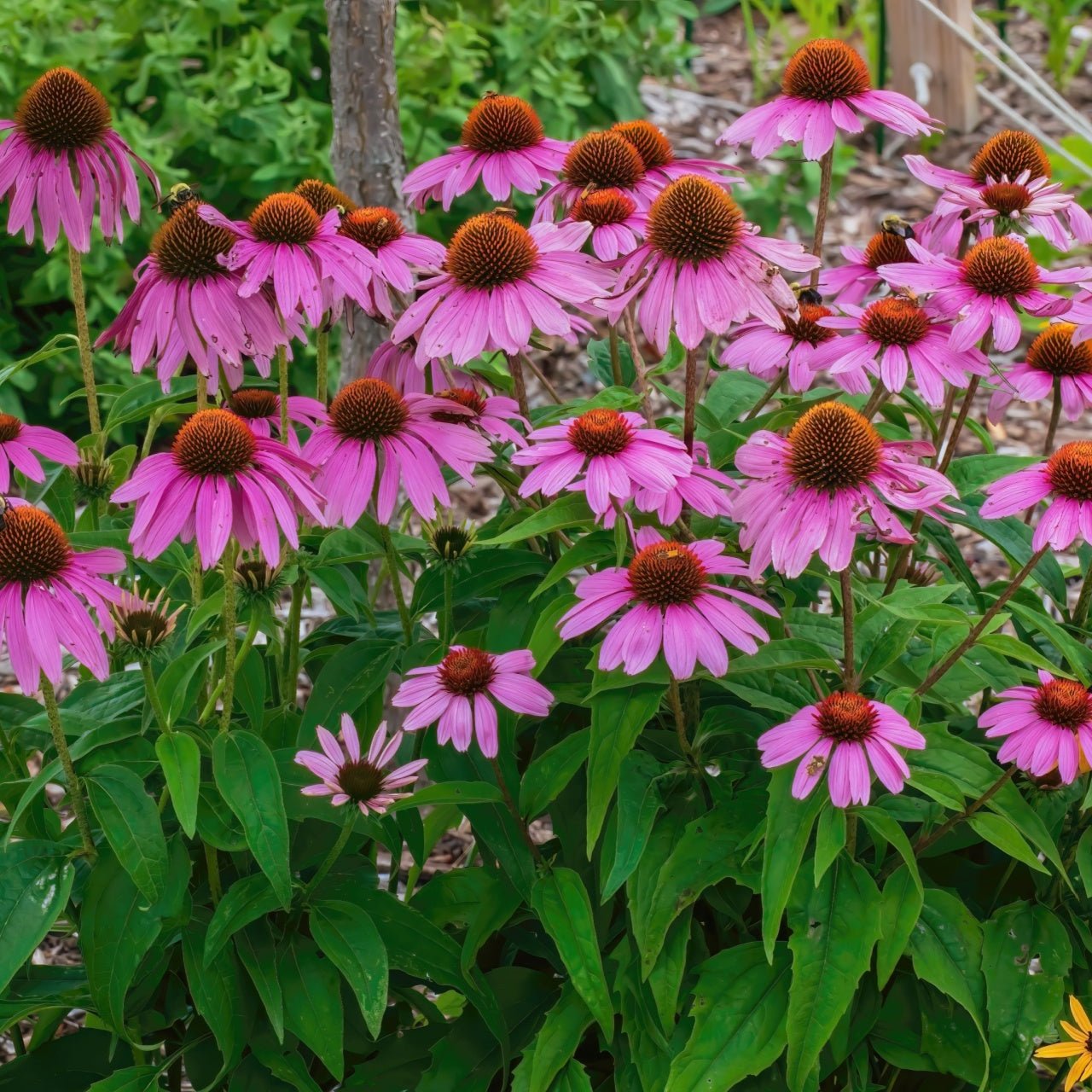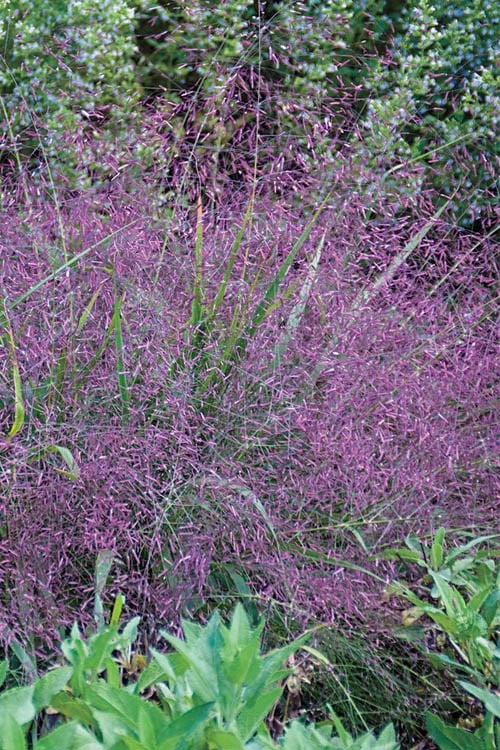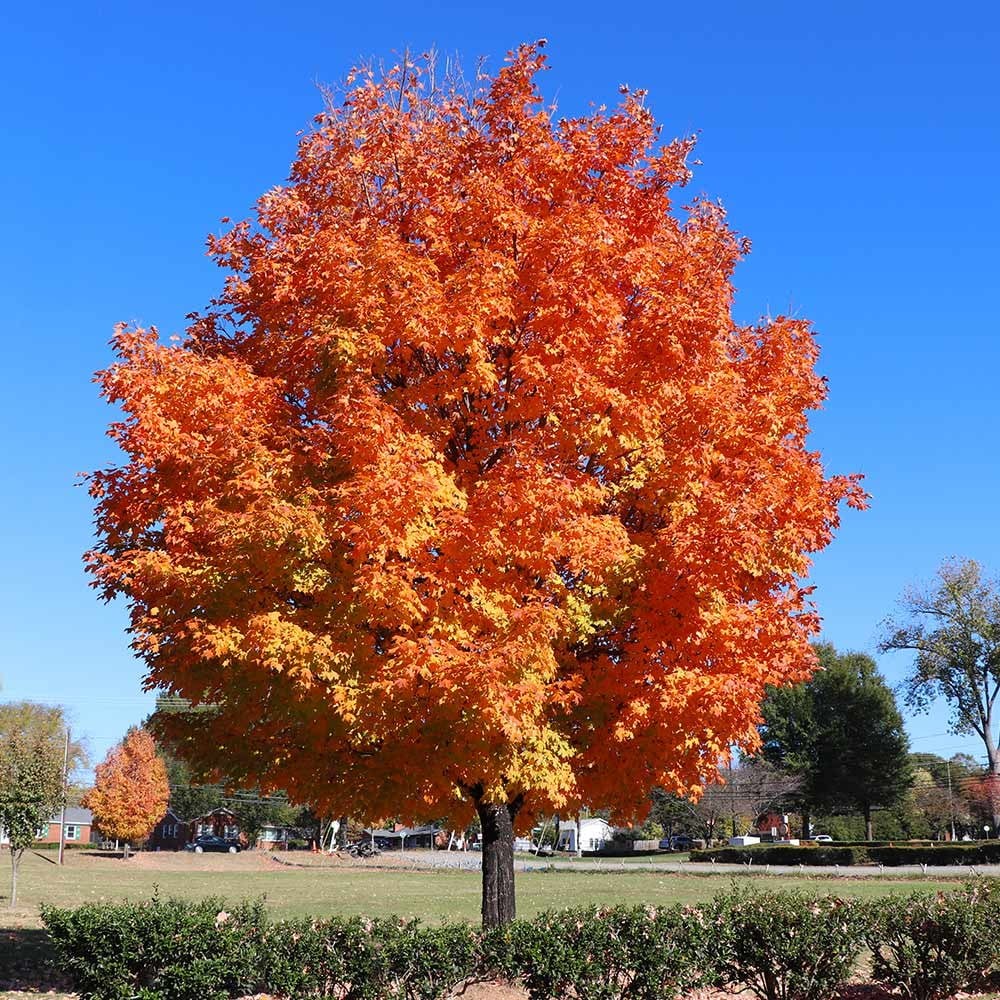Creating Four-Season Interest with Regional Flora
Gardening professionals talk a lot about creating interest in your landscape, but we often fail to explain what that looks like.
What Is Four-Season Garden Design?
Some gardens are beautiful in the spring and summer, but there isn't much going on in the late fall and winter. A four-season garden provides something to look at all four seasons. The garden has a balance between flowering plants, foliage, and structural elements.
In a four-season landscape, perennials have staggered bloom times, so there are flowers to look at from early spring through late fall. Texture, color, and focal points add interest in the shade and during the off season. Finally, the garden design provides shelter and food to wildlife all four seasons.
Planning Your Garden
Great gardens don't happen by accident. You have to plan them.
Assessing Your Landscape
The first step in any gardening project is to make sure you have a good idea of what plants are there now. Draw a map of your property with buildings, easements, and the current landscape beds. Fill in the plants that occupy each area.
Note when each area has sunlight, and for how long. Look at the soil moisture, soil type, and mark that down. Finally, determine where gaps that should have plants in them and plants that need to be removed are in the landscape.
Creating a Year-Round Garden Planner
Keep a garden journal. Write when each plant blooms, how long the blooms last, any problems the plant has, and how much you like it down for each plant. If a plant is underperforming, remove it and plant something else there. These journals should be saved because the provide information about how things really work where you are. Every garden contains microclimates you can exploit to plant things in sheltered areas that won't make it elsewhere. You can compare the performance over time of your plants and see if climate change is causing plants that used to thrive to have problems.
Use Layering
Layering refers to having plants of different heights, or layers, in your landscape. Some layers are ground covers, annual flowers, perennials, shrubs, small trees, and large trees. You may not have room for all the layers, but using as many as possible will add interest to the garden. Monocultures are boring and bad for the planet.
Seasonal Plant Selection
Different plants shine in different seasons. The plants that are native to your area may be different than these, but here are some ideas across the seasons.
Spring
The first plants in spring are usually flowering bulbs such as daffodils and tulips. They are joined in late winter by shrubs such as forsythia, Texas redbud, and dogwoods. In late spring, blooms break out all over.
Summer
Summer is characterized by vibrant colors and sweet smells. Purple coneflower and Turk's cap add color to the garden and provide food for pollinators. Ornamental grasses such as purple love grass add motion by swaying in the wind. They also provide sheltered places for small wildlife to raise their families.
Fall
The leaves on deciduous trees like sugar maples and perennials show bright shades of reds, oranges, and yellows as they begin to fall off. Late blooming perennials like asters and goldenrod add some color, too.
Winter
During winter, evergreen shrubs stand sentinel over the landscape as most other plants go dormant. Some perennials have seed pods or fruit that provides birds and wildlife with needed calories in the cold.
Enhancing Garden Designs
There is more to a landscape than plants. You can use structural elements, inside-out design, and homes for wildlife to add interest.
Structural Elements
Adding hardscaping that is decorative is one way to enhance your garden. Trellises, pagodas, and arbors add vertical interest, especially if they are covered in vines. Decorative stone walls and paver stones are other possibilities. You can use large pots of seasonal color to add interest to a garden in early spring and late fall.
Inside-Out Design
When you are designing your garden, go to different rooms inside your house and see what your view is through the windows. If you spend a lot of time in a room, you can use the view to frame an area of interest. Improve the view for anyone looking outside from inside.
Homes for Wildlife
One way you can improve a view is to add the color and motion of birds feeding at a feeder, splashing in a birdbath, or drinking at a small pond. Winter feeding stations can help birds make it through a time when food is scarce. Building and putting up bird nesting boxes can encourage the birds to stick around when they are raising their chicks. Since many birds eat insect pests, they help your plants, too.
Maintain Your Landscape
Gardens require work. You can use native plants that are adapted to the rainfall and soils in a region to reduce that work. Native plants are more likely to offer food and shelter to wildlife, too.
Most trees and shrubs should be pruned to remove broken and diseased branches each year. Mature trees should not need much pruning. Young fruit trees require some pruning so they will grow up with strong branches that can support a large fruit crop.
Some perennials should be pruned. We used to recommend cutting many perennials to the ground after the first hard freeze or at least pruning them back. Because some pollinators, such as solitary bees, use perennial stems to overwinter, we now recommend waiting until the temperature is at least 50 degrees before shearing the stems to the ground in the spring.
Mulch needs to be topped off an inch each spring to keep the depth to three inches. You will have to pull the mulch back in the spring to plant annual seeds. Otherwise, the mulch will prevent them from growing.
Cleaning the garden of debris and leaves is always a big fall task. You can run a lawn mower over leaves to chop them up and then leave them on your lawn. Lawns where the grass clippings were left on the lawn can recover up to 30 percent of the nitrogen fertilizer used to grow them.
If you have bird houses and boxes for other wildlife, you should empty unoccupied houses in late winter, so they are ready for new tenants in the spring. You may need to evict some less than desirable tenants, too. Use caution when opening the boxes so you don't get bitten or jumped on.
At TN Nursery, we can help you find the right native plant for every landscape. Give us a call at 931.692.7325 to get started.
Read more

Tennessee has some of the best native plants in the United States. Tn Nursery is aligned with native plants that are not only specific to Tennessee but to other states as well. Whether your from Ne...
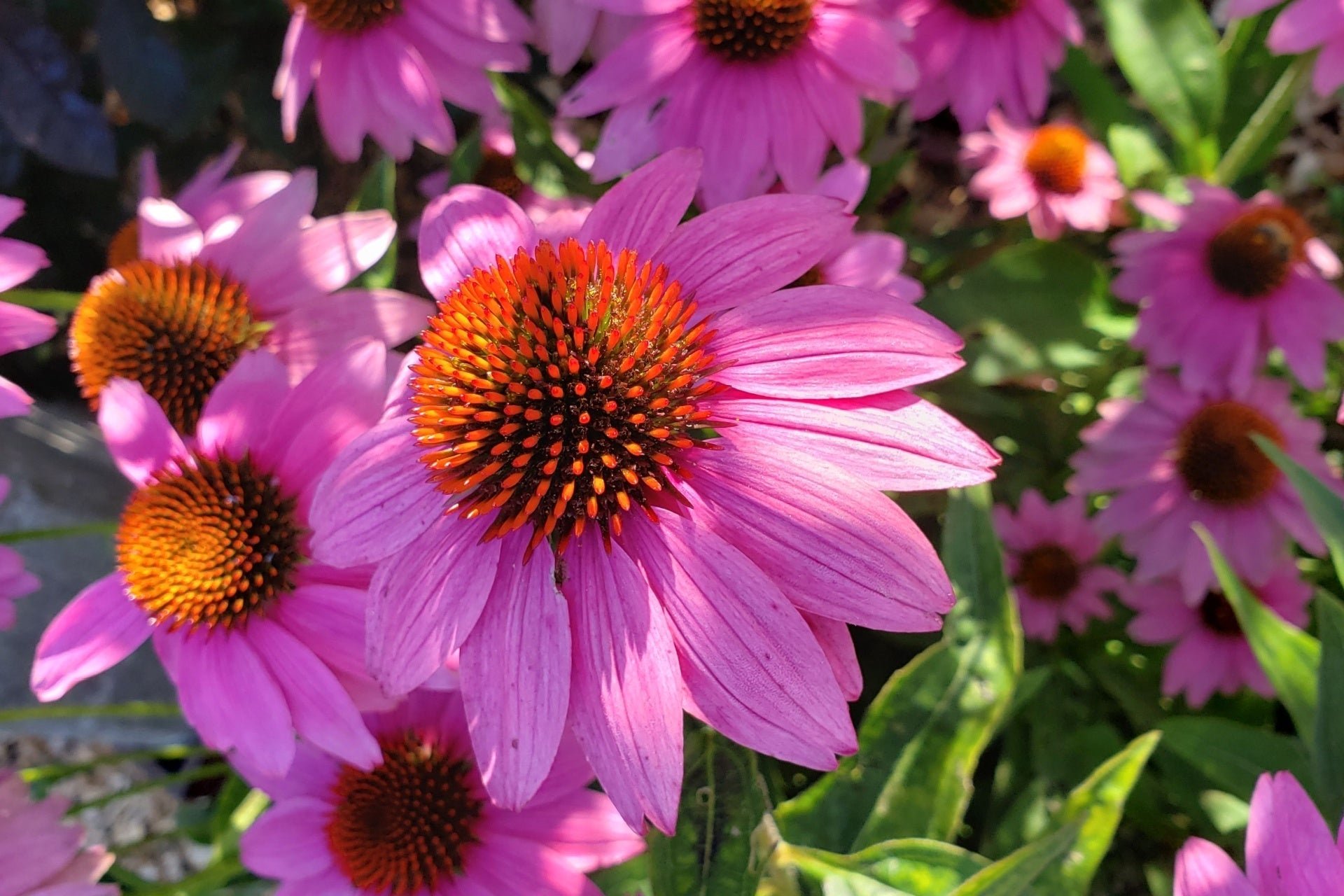
Start drawing the space you are landscaping. Draw in the hardscapes and other fixed items, like the house, out buildings, easements, boundary lines, and other things that can’t be moved.


